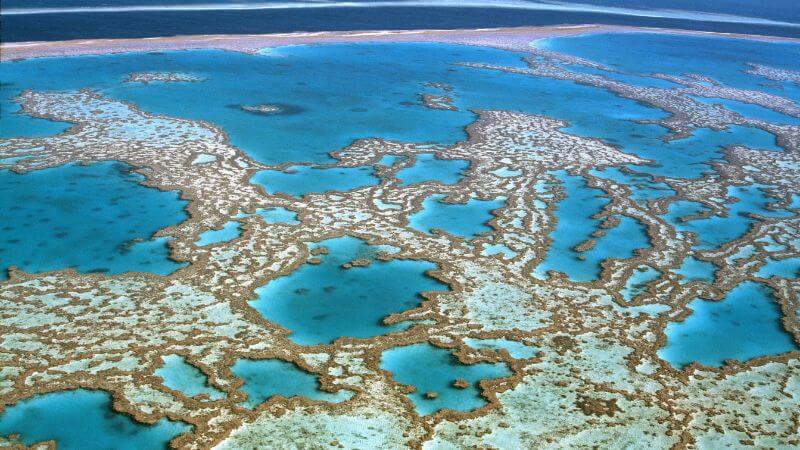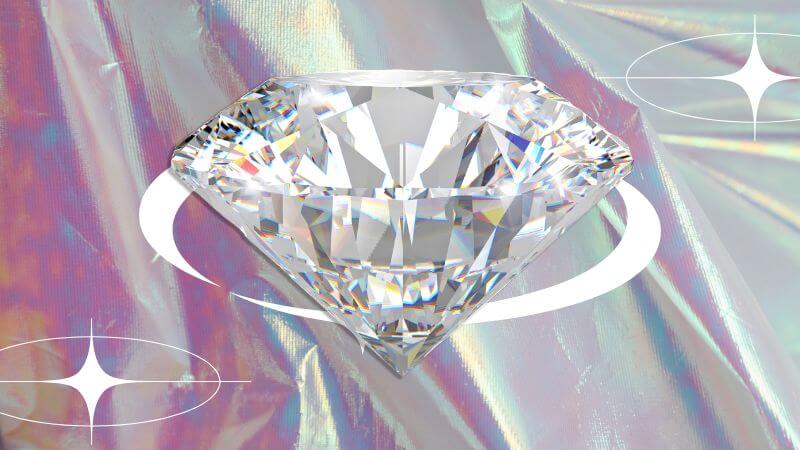Non-living things may not have life, but they still have some interesting characteristics and behaviors. From growing to having unique properties, here are ten fascinating facts about non-living things that you may not have known.
Non-living things may not have life, but they still have some surprising characteristics. Explore 10 intriguing facts about non-living things in this post. Did you know that non-living things can still grow? Discover this and nine other fascinating facts about non-living things in this article.
1. Non Living Things Can Grow
While non-living things may not have cells or DNA like living organisms, they can still grow in their own way. For example, crystals can grow in size as more molecules are added to their structure. Similarly, some non-living materials like concrete and metals can grow stronger and more durable over time as they age and harden.
2. Glass is A Liquid, Not A Solid
Despite its appearance, glass is actually a supercooled liquid, not a solid. This means that it has a disordered molecular structure, similar to a liquid, but is frozen in place due to its high viscosity.
This is why old windows may appear thicker at the bottom than at the top – the glass has slowly flowed downwards over time. However, this does not mean that glass is constantly flowing or that it will eventually turn into a liquid.
3. The Great Barrier Reef is the largest living structure on Earth, but it’s made up of non-living things
The Great Barrier Reef is a natural wonder that spans over 2,300 kilometers and is home to thousands of species of marine life.
However, what many people don’t realize is that the reef itself is made up of non-living things. The coral that forms the structure of the reef is actually the exoskeletons of tiny animals called polyps.
These polyps secrete a hard, calcium carbonate shell around their soft bodies, which eventually form the intricate structures that make up the Great Barrier Reef.
4. Diamonds Can Be Burned
It may seem counterintuitive, but diamonds can actually be burned. While diamonds are known for their hardness and durability, they are not immune to high temperatures. In fact, if a diamond is heated to around 763 degrees Celsius (1405 degrees Fahrenheit), it will start to burn and eventually turn into carbon dioxide gas.
This process is known as combustion and is the same process that occurs when any organic material is burned. So, while diamonds may be forever, they are not invincible.
5. The longest word in the English language that doesn’t contain the letter “e” is “floccinaucinihilipilification.”
This word, which means the act or habit of estimating something as worthless, is 29 letters long and is often used as an example of a long word without the letter “e.”
It was first coined in the 18th century by combining four Latin words: flocci, nauci, nihili, and pili, which individually mean “at a small price,” “of no value,” “nothing,” and “a hair.”
Despite its length and rarity in everyday conversation, “floccinaucinihilipilification” has made its way into dictionaries and is recognized as a legitimate word in the English language.
Also Read: Are Plants Living Things? (Surprising Answer Inside)
Tinydale is on YouTube, Click here to subscribe for the latest videos and updates.
Follow Us: Facebook | Instagram | Twitter | Youtube | Pinterest






